Enabling IoT Connectivity with CAN Bus and Modbus
Introduction
The rise of the Internet of Things (IoT) has revolutionized industries by enabling seamless communication between devices and systems. Central to this connectivity are protocols that facilitate data exchange, control, and monitoring. Two such protocols, Controller Area Network (CAN) Bus and Modbus, play crucial roles in industrial automation and IoT implementations. This white paper explores the integration of CAN Bus and Modbus for IoT applications, highlighting their capabilities, use cases, and benefits.
Understanding CAN Bus and Modbus
CAN Bus Overview
Developed by Bosch in the mid-1980s, CAN Bus is a robust vehicle bus standard designed to facilitate communication between microcontrollers and devices without a host computer. Its primary features include:
- High reliability: CAN Bus ensures data integrity with error detection mechanisms.
- Real-time capabilities: It supports deterministic communication, essential for time-sensitive operations.
- Flexibility: Nodes can join or leave the network dynamically without disrupting overall functionality.
Modbus Overview
Introduced by Modicon in 1979, Modbus is a communication protocol used for transmitting data between electronic devices. Widely adopted in industrial automation, it offers:
- Simplicity: Easy to implement and use, with clear command structures.
- Compatibility: Works seamlessly with a variety of devices and platforms.
- Versatility: Available in multiple versions, including Modbus RTU, Modbus ASCII, and Modbus TCP.
The Role of CAN Bus and Modbus in IoT
Enabling Device Interoperability
IoT relies on diverse devices communicating efficiently. CAN Bus and Modbus provide the foundational frameworks for interoperability. By integrating these protocols, devices can exchange critical data regardless of manufacturer or design specifications.
Enhancing Real-Time Communication
Real-time data is crucial for IoT applications like predictive maintenance, industrial control, and monitoring. CAN Bus’s deterministic nature and Modbus’ low-latency capabilities make them ideal for such scenarios.
Scalability in IoT Networks
As IoT ecosystems grow, scalability becomes vital. CAN Bus and Modbus support network expansion without significant reconfiguration. This flexibility ensures long-term viability for IoT deployments.
Integration of CAN Bus and Modbus
Bridging Protocols
While CAN Bus and Modbus serve different purposes, they can be integrated using protocol converters or gateways. These devices translate data from one protocol to another, enabling seamless communication between systems.
Common Use Cases
- Industrial Automation: Combining CAN Bus’s robustness with Modbus’ versatility enhances control systems in factories.
- Smart Agriculture: Sensors on CAN Bus can relay data to a Modbus-based central controller, optimizing irrigation and resource use.
- Vehicle Diagnostics: CAN Bus data can be translated to Modbus for integration into broader monitoring systems.
Benefits of Combining CAN Bus and Modbus
Improved Operational Efficiency
Integrating CAN Bus and Modbus enables streamlined communication, reducing downtime and enhancing productivity.
Enhanced Data Management
These protocols facilitate efficient data collection and analysis, critical for informed decision-making in IoT environments.
Cost-Effective Solutions
By leveraging existing infrastructure, businesses can achieve IoT connectivity without extensive investments in new technologies.
Challenges and Solutions
Protocol Differences
CAN Bus operates as a message-based protocol, while Modbus is register-based. Protocol converters bridge this gap, ensuring compatibility.
Network Configuration
Setting up and maintaining integrated networks can be complex. However, advancements in IoT gateways and software tools simplify the process.
Security Concerns
Data security is paramount in IoT. Implementing encryption, firewalls, and secure authentication mechanisms protects integrated networks.
Future Trends
IoT-Driven Enhancements
The growing IoT landscape will drive further innovation in CAN Bus and Modbus technologies, with features like higher data rates and enhanced error handling.
Integration with Emerging Technologies
As technologies like 5G, edge computing, and AI advance, CAN Bus and Modbus are likely to evolve for seamless compatibility and performance improvements.
Conclusion
The integration of CAN Bus and Modbus protocols is a cornerstone for enabling IoT connectivity. Their combined strengths optimize automation processes, enhance control system functionality, and improve overall operational efficiency. Businesses looking to leverage IoT can rely on these protocols for reliable, scalable, and cost-effective solutions.





